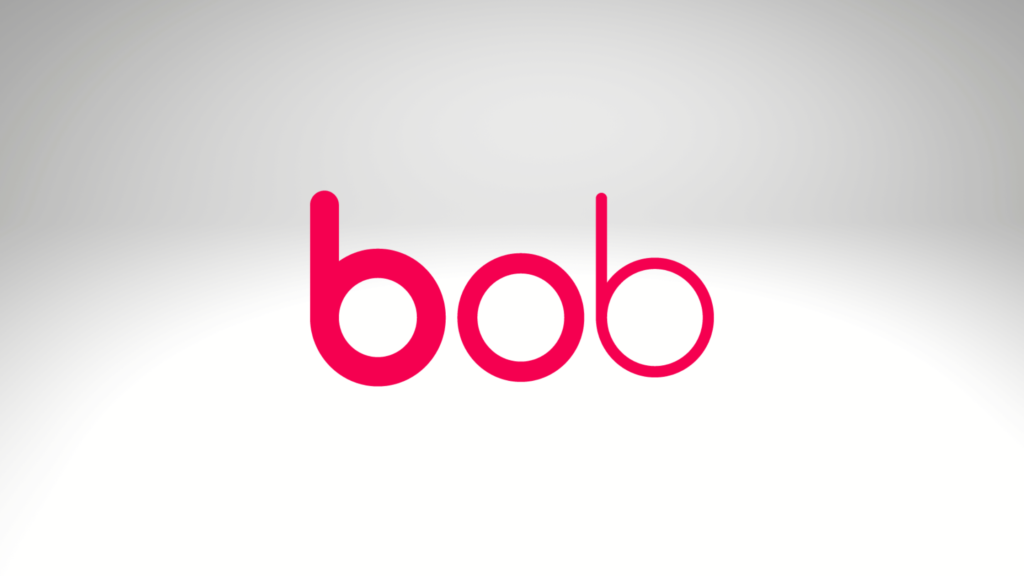This post was originally published on this site
Businesses around the world are experiencing something utterly unique. The skills gap.
According to Forbes, the “skills gap” has worried CEOs and HR leaders for several years and will become a bigger threat in the years to come.
One key function of effective HR is to identify your company’s needs and ensure your workforce aligns with those needs. As companies evaluate what’s required, Gartner found that 64 percent of managers feel their teams aren’t equipped to meet future skill demands. Additionally, 70 percent of employees report they haven’t fully developed the skills needed for their current roles.
Whatever lies ahead, finding people with the right skills for your business remains a top priority. Likewise, planning ahead for a sudden change in priorities is crucial, enabling you to pivot promptly and effectively.
So how can you make sure your workforce closely matches what your company needs? And what can today’s companies do to close skills gaps?
Knowledge is key. Companies that conduct a skills gap analysis to identify what resources they have within their teams puts them at an advantage when dealing with change. Skills gap analyses can also help you predict various possible scenarios and close skills gaps swiftly–before they

